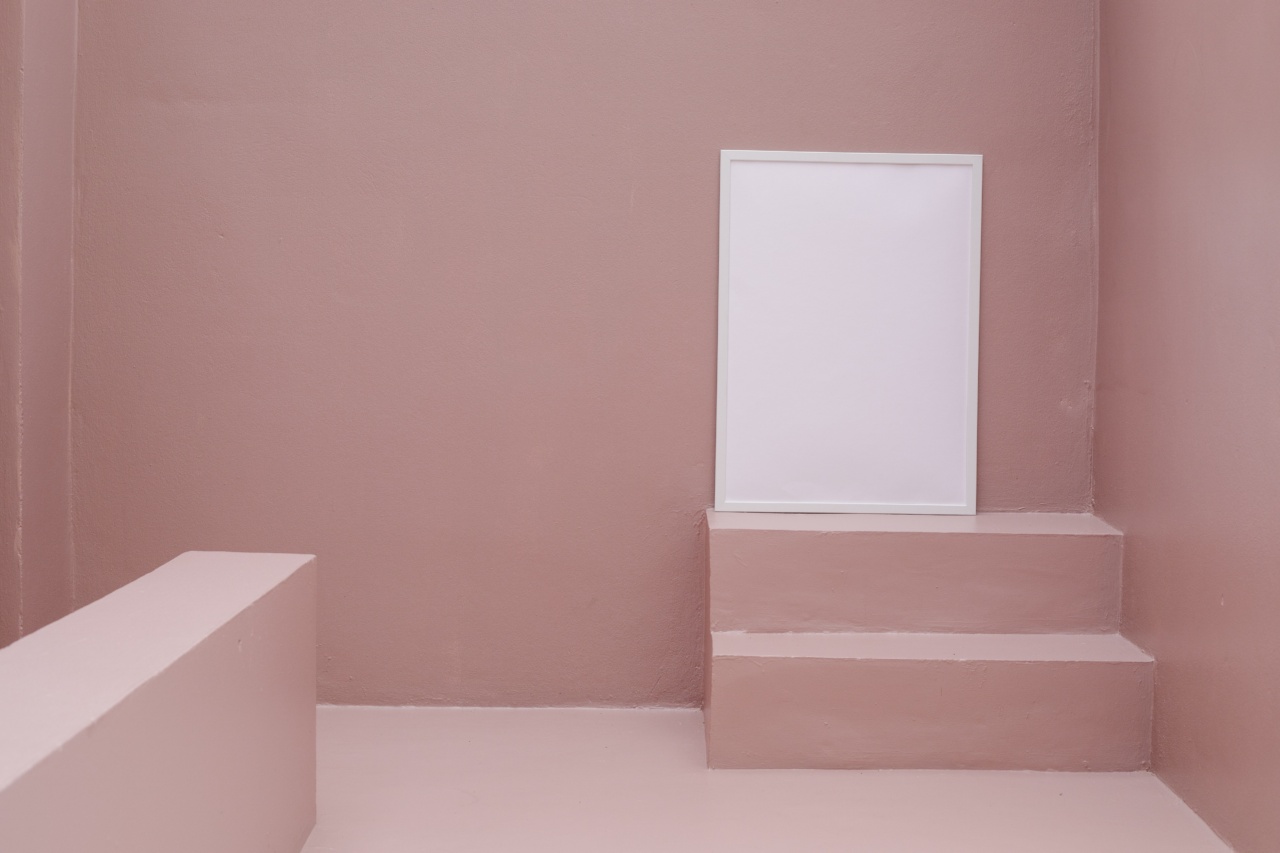Fear is an emotion that everyone experiences at some point in their life. It’s a natural response to danger, uncertainty, or the unknown.
But sometimes, fears can extend beyond the norm, into uncommon phobias that can paralyze individuals and impact their quality of life. This is why we have compiled a list of the ABCs of uncommon fears that you may or may not have heard of.
A is for Ablutophobia
It’s the fear of bathing, cleaning, or washing oneself. People with this phobia often avoid bathing and cleaning because they experience extreme anxiety and panic when exposed to water and soap.
This can lead to physical health problems such as skin infections, body odor and other hygiene-related issues.
B is for Basophobia
It’s the fear of falling. People with this phobia often experience anxiety and panic when they are up high or when they feel like they are about to fall.
It can be caused by a traumatic event or a lack of confidence in balancing or walking on elevated surfaces.
C is for Chronophobia
It’s the fear of time. People with this phobia experience extreme anxiety and panic related to the passing of time or schedules, including fears of aging and deadlines. This fear can lead to procrastination and avoidance of planning.
D is for Decidophobia
It’s the fear of making decisions. People with this phobia can experience anxiety and panic when they are presented with multiple options or when they are forced to make a choice.
This fear can lead to indecisiveness, low self-confidence, and missed opportunities.
E is for Ecclesiophobia
It’s the fear of churches. People with this phobia might avoid attending places of worship because they are experiencing anxiety and panic related to the religious environment. Sights, sounds, smells, and rituals can trigger this phobia.
F is for Frigoriphobia
It’s the fear of the cold. Some people with this phobia might avoid cold weather or settings such as outdoor activities, air-conditioned rooms, or ice baths. This fear can also lead to physical health problems such as hypothermia and frostbite.
G is for Gephyrophobia
It’s the fear of bridges. People with this phobia might avoid crossing bridges or going over elevated surfaces that are connected by bridges.
This fear can be caused by a traumatic event such as a bridge collapse, or a lack of confidence in bridge safety.
H is for Herpetophobia
It’s the fear of reptiles. Some people with this phobia might be afraid of all reptiles such as snakes, lizards, and turtles, while others might be afraid of only specific species.
Symptoms of this phobia can include sweating, trembling, and avoidance behaviors.
I is for Iatrophobia
It’s the fear of doctors. People with this phobia might avoid medical treatment and care due to high levels of anxiety and panic associated with seeing a doctor or being in a medical environment.
This fear may stem from previous negative medical experiences, such as misdiagnosis or medical malpractice.
J is for Japanophobia
It’s the fear of Japanese culture. People with this phobia may experience anxiety and panic when exposed to Japanese customs, traditions, and language, or when interacting with Japanese people.
This fear can arise from stereotypes, misconceptions, or societal pressures.
K is for Koinoniphobia
It’s the fear of groups of people. This can include the fear of crowds, social gatherings and parties. People with this phobia may feel anxiety and panic when they are in large groups of people or exposed to the noise and commotion of a crowd.
Conclusion
Phobias may seem irrational and odd to some, but they are a real and common experience for others. These uncommon fears can be debilitating, impacting individuals’ daily lives, and relationships.
Luckily, people can overcome their phobias through therapy or self-help methods once they begin to recognize them and their triggers. If you or someone you know has an uncommon fear or phobia, it’s important to seek professional help or support to overcome these fears and get back to living life to the fullest.





























